Bitcoin Value Calculator
El Salvador's Bitcoin adoption strategy has shown how volatility impacts treasury values. The government held approximately 6,102 BTC in March 2025 worth roughly $500 million at that time.
Key Insight: Volatility can cause significant fluctuations in value. The Strategic Bitcoin Reserve Fund experienced a 30% swing in value in early 2024.
Your Bitcoin Value
When the world first heard about Bitcoin in El Salvador is a national policy that made Bitcoin legal tender in September 2021, most people thought it was a bold experiment that could rewrite the rules of money.
Fast forward to 2025, and the story has taken several twists. From sky‑high hopes of financial inclusion to a reluctant rollback of legal tender status, El Salvador’s journey offers a real‑world case study on how a small country can try to reshape its economy with crypto.
Why El Salvador Went All‑In
President Nayib Bukele argued that the nation needed a tool to reach the roughly 70 % of citizens who lack bank accounts. Remittances from abroad make up about 20 % of GDP, and traditional money‑transfer fees were eating into families’ earnings. Bitcoin promised borderless, low‑cost transfers and a way to sidestep the U.S. dollar’s influence, which has been the country’s official currency since 2001.
But the plan wasn’t just about cheap money. Bukele’s government hoped the move would attract foreign investors, turn El Salvador into a blockchain hub, and even spark tourism with the promised “Bitcoin City” built around a volcano‑powered energy grid.
Core Pieces of the Strategy
- Chivo Wallet - The state‑run app that lets anyone send, receive, and spend Bitcoin instantly. It was launched free of charge, with a $30 sign‑up bonus paid in Bitcoin.
- Strategic Bitcoin Reserve Fund - A treasury bucket that accumulated over 6,000 BTC (about $500 million) by March 2025, including an 8‑BTC purchase that month.
- Volcano Bonds - A proposed sovereign bond backed by the country’s Bitcoin holdings, meant to raise capital for infrastructure.
- Bitcoin City - A planned tax‑free zone on the slopes of a volcano, powered by geothermal energy, where taxes would be paid only in Bitcoin.
- Education Campaigns - Government‑funded workshops and online tutorials aimed at teaching citizens how to use crypto safely.
Despite these components, adoption on the ground proved uneven. While a survey in 2025 showed that 82 % of small businesses accepted Bitcoin, only about 1 % of remittances actually passed through the Chivo Wallet.
What Worked - The Wins
1. Merchant Acceptance: By 2025, over 8,000 merchants were set up to scan QR codes and accept Bitcoin instantly. This created a visible crypto ecosystem in city centers and tourist spots.
2. Lightning Network Use: By 2022, more Salvadorians owned Lightning wallets than traditional bank accounts, showing that the technical infrastructure could scale quickly.
3. International Visibility: Hosting the PLANB Forum 2025 attracted over 1,500 crypto developers and investors, reinforcing the country’s brand as a “crypto‑friendly” destination.
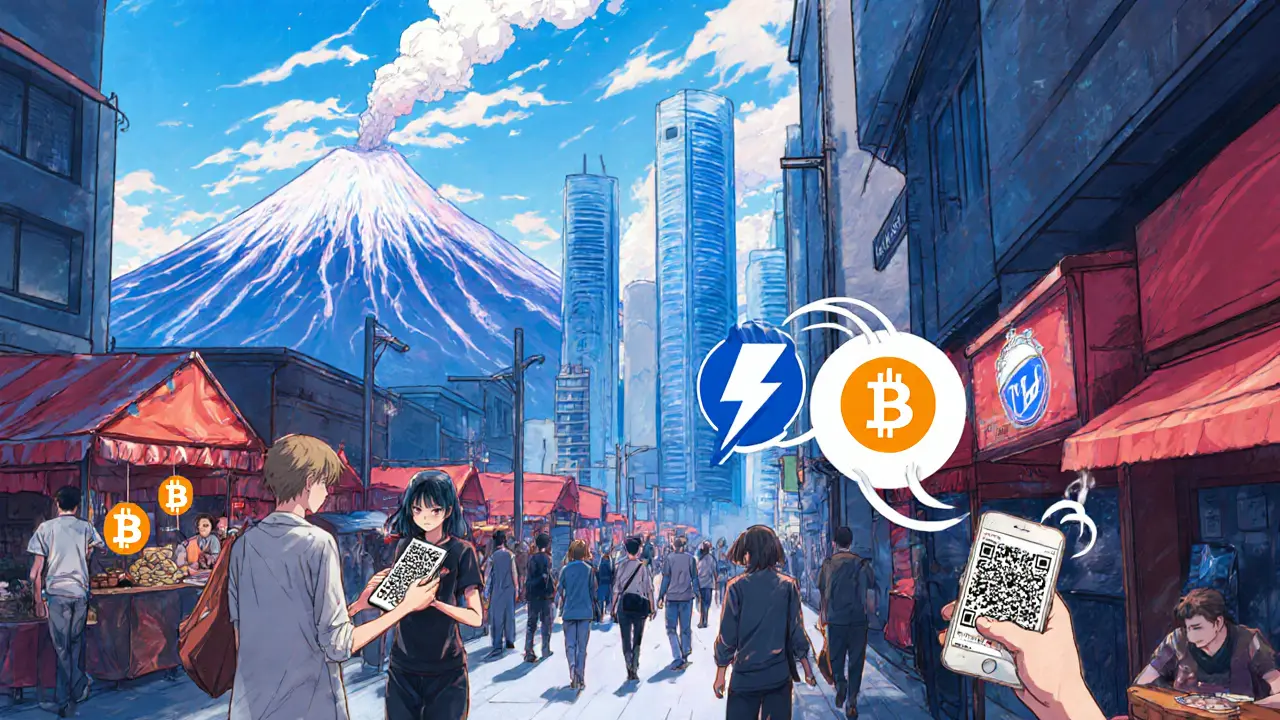
What Faltered - The Pain Points
1. Volatility: Bitcoin’s price swings made treasury management a nightmare. When BTC dipped 30 % in early 2024, the reserve’s USD value fell dramatically, raising concerns about fiscal stability.
2. IMF Pressure: The International Monetary Fund linked a $1.4 billion assistance package to the removal of Bitcoin as legal tender. By January 2025, El Salvador complied, rolling back mandatory acceptance.
3. Public Trust: Many citizens felt uneasy about the government handling a volatile asset. Early surveys indicated that 58 % of the population was skeptical about using Bitcoin for everyday purchases.
How El Salvador’s Approach Stacks Up
| Metric | El Salvador (Bitcoin) | Traditional Banking (El Salvador) | Other Nations (e.g., China’s CBDC) |
|---|---|---|---|
| Population with access | ~70 % (via mobile wallets) | ~30 % (bank accounts) | ~95 % (state‑issued digital yuan) |
| Remittance cost reduction | ~3 % fee (Chivo) | ~7 % fee (traditional services) | ~2 % fee (digital yuan pilots) |
| Volatility impact on treasury | High - 30 % swing in 2024 | Low - stable fiat reserve | None - sovereign digital currency |
| International institutional support | Negative - IMF conditionality | Positive - IMF programs | Positive - state‑backed initiative |
The table shows that while Bitcoin opened doors for the under‑banked, it also introduced risks that traditional systems and centrally‑issued digital currencies avoid.
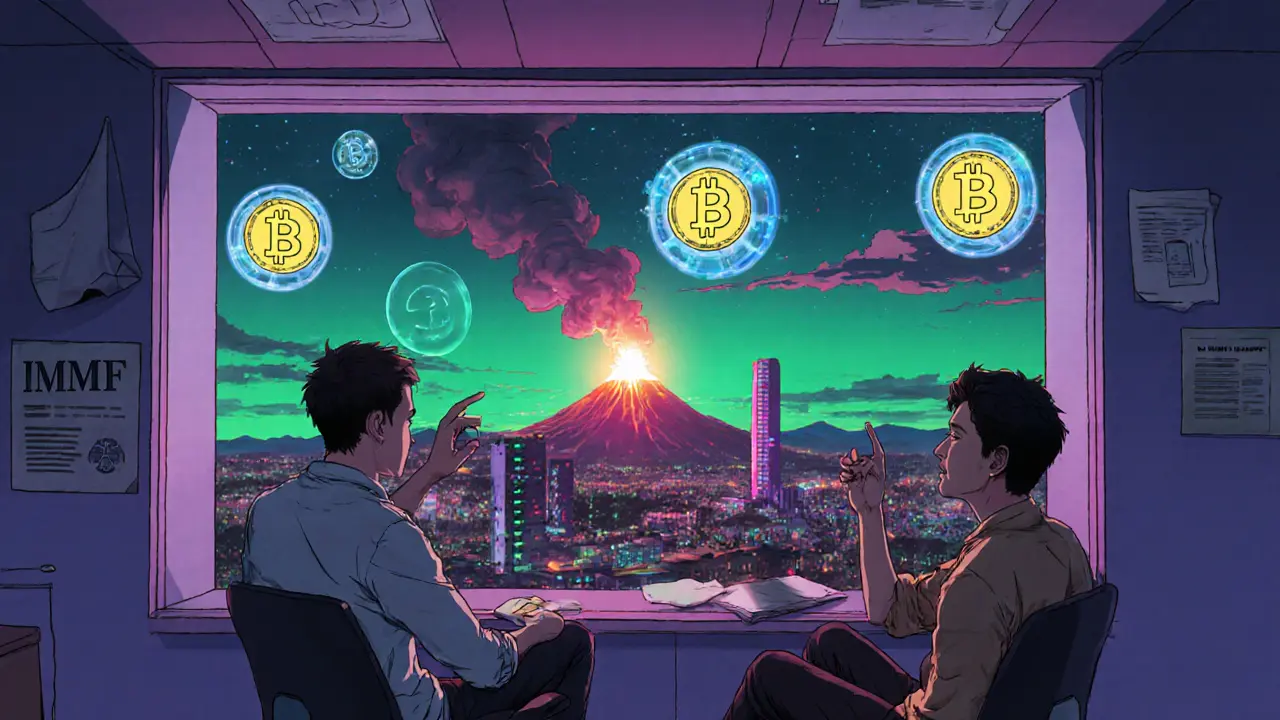
Current State (2025) and Future Outlook
After the legal‑tender reversal, the government kept buying Bitcoin, signaling a shift to a hybrid model: private‑sector crypto use with no mandatory government enforcement. The Strategic Bitcoin Reserve Fund continues to grow, and the country is positioning itself as a regional hub for blockchain startups, data centers, and crypto‑related services.
Looking ahead, three scenarios seem plausible:
- Regional Crypto Hub: El Salvador leverages its reserves to offer low‑cost crypto‑payment gateways and attracts fintech firms seeking a friendly regulatory sandbox.
- Re‑Adoption of Legal Tender: If Bitcoin stabilises and the IMF eases pressure, Bukele could re‑introduce mandatory acceptance, banking on improved volatility‑hedging tools.
- Gradual Shift to CBDC‑Like Solutions: The nation might adopt a sovereign digital token tied to its Bitcoin reserves, blending decentralisation with monetary stability.
For now, the safest bet for investors and businesses is to watch policy signals closely, use reputable exchanges for BTC purchases, and consider the Lightning Network for low‑fee transactions.
Key Takeaways for Other Countries
- Start Small: Pilot programmes (e.g., government‑issued wallets) let you test tech and public response before a full legal‑tender rollout.
- Manage Volatility: Hedge strategies or reserve diversification can protect treasury value.
- Engage International Partners Early: Aligning with institutions like the IMF can prevent sudden policy reversals.
- Educate the Masses: Simple, multilingual tutorials boost adoption more than cash incentives alone.
Ultimately, El Salvador’s saga proves that crypto can be a catalyst for financial inclusion - but only if the surrounding ecosystem is ready for the bumps along the way.
Frequently Asked Questions
Is Bitcoin still legal tender in El Salvador?
No. In January 2025 the government removed Bitcoin’s legal‑tender status to meet IMF conditions, but private usage remains legal and the state still promotes crypto adoption.
How many Bitcoin does the government actually hold?
By March 2025 the Strategic Bitcoin Reserve Fund contained 6,102 BTC, worth roughly $500 million at that time.
What is the Chivo Wallet and can foreigners use it?
Chivo is the official mobile wallet created by the Salvadoran government. It’s free to download, supports both Bitcoin and US dollars, and anyone with a compatible smartphone can register, regardless of nationality.
Did the Bitcoin strategy attract foreign investment?
Investment interest spiked after 2021, especially from blockchain startups. However, the IMF‑linked policy reversal dampened large‑scale capital flows, leaving most projects at the pilot stage.
How does the Lightning Network fit into everyday payments?
The Lightning Network enables instant, low‑fee Bitcoin transactions. Many Salvadorian merchants have adopted Lightning QR codes, making coffee purchases cost a few cents instead of dollars.


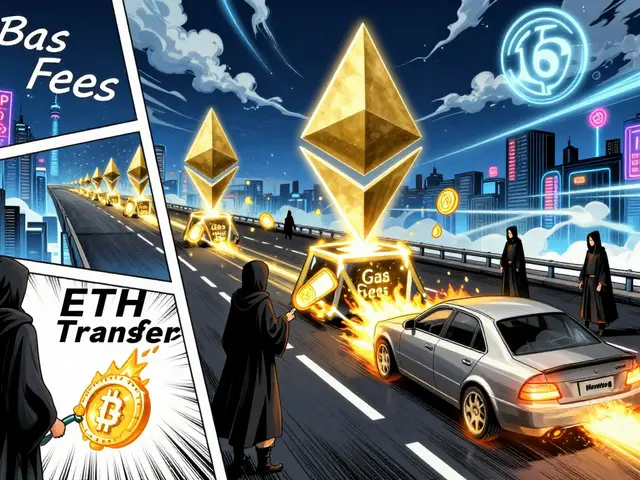
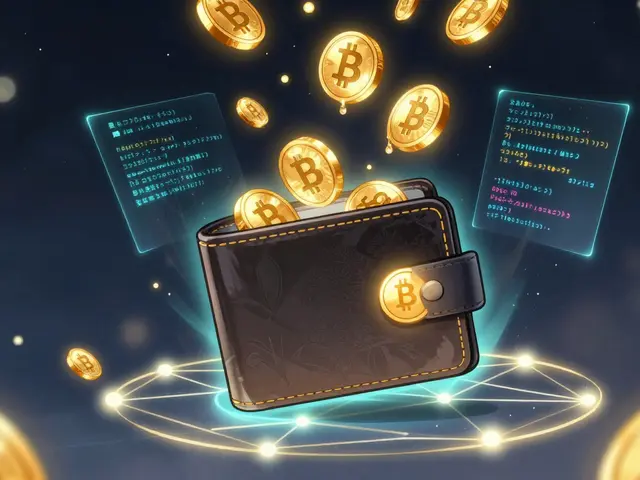

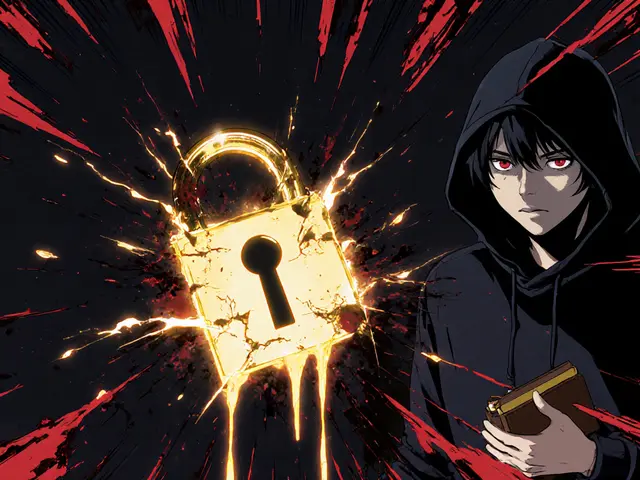

John Dixon
October 23, 2025 AT 08:31Oh great, another "revolutionary" experiment where a government decides to gamble with the nation's future-because who doesn't love a little financial roulette, right?! The moral of the story? Blindly chasing hype is never a responsible policy-especially when the stakes are people's livelihoods!
Yet here we are, watching a tiny country become a global circus act, all in the name of "innovation".
Brody Dixon
November 5, 2025 AT 01:05I get why people feel hopeful; the idea of cheaper remittances really hits home for many families.
I’m glad the article points out both the wins and the setbacks.
Mike Kimberly
November 17, 2025 AT 18:38El Salvador’s venture into cryptocurrency is, without a doubt, one of the most fascinating case studies in modern economic policy, and it raises profound questions about the relationship between technology and sovereignty.
The launch of the Chivo wallet was accompanied by a generous $30 sign‑up bonus, a clear signal that the government wanted rapid adoption and was willing to subsidize the initial learning curve.
That move, however, also introduced a subtle psychological trap: users were incentivized to download an app they didn’t fully understand, simply to claim a small reward.
Early data indicated that a sizable portion of the population registered, yet the actual usage for everyday transactions remained minuscule, revealing a gap between registration and meaningful engagement.
Meanwhile, the strategic Bitcoin reserve fund grew to over six thousand BTC, a staggering figure that placed the country’s treasury at the mercy of market volatility.
When Bitcoin’s price plunged in early 2024, the reserve’s USD value contracted dramatically, sparking legitimate concerns about fiscal stability and prompting critics to question the prudence of such concentration.
This volatility also forced policymakers to confront the reality that a sovereign wealth fund built on a highly speculative asset can quickly become a liability rather than a shield.
International bodies, notably the IMF, responded by tying financial assistance to the removal of Bitcoin’s legal‑tender status, a condition that underscored the tension between national experimentation and global financial governance.
In January 2025, the government complied, rolling back mandatory acceptance, yet it continued to purchase Bitcoin, effectively shifting to a hybrid model that blends private‑sector enthusiasm with state‑level caution.
The partial retreat, however, did not erase the cultural imprint of the experiment: merchants across San Salvador still display QR codes, and a growing community of developers builds Lightning‑Network applications tailored to local needs.
These grassroots innovations suggest that, even absent a top‑down mandate, the technology can find its own niche when supported by education and infrastructure.
Education campaigns, while well‑intentioned, suffered from uneven delivery; many citizens, especially in rural areas, never received comprehensive training, leading to persistent misunderstandings about transaction fees and security.
Nevertheless, the visibility generated by international conferences like PLANB 2025 positioned El Salvador as a testbed, attracting venture capital and talent interested in a real‑world deployment of blockchain solutions.
Looking forward, the country faces three plausible paths: embracing a regulated crypto hub, re‑introducing legal tender under more favorable market conditions, or transitioning to a sovereign digital token anchored to its Bitcoin reserves.
Each scenario carries its own set of challenges and opportunities, but the underlying lesson remains clear: technology alone cannot solve structural financial issues without complementary policy, education, and a realistic assessment of risk.
angela sastre
November 30, 2025 AT 12:11Honestly, the numbers on merchant adoption are pretty impressive, even if the wallet usage lags behind.
It shows there’s a real appetite for crypto payments among businesses, which could be a foundation for future growth.
Patrick Rocillo
December 13, 2025 AT 05:45👍💡 The low‑fee Lightning payments are a game‑changer for everyday stuff like coffee.
Hope more locals jump on board! 😊